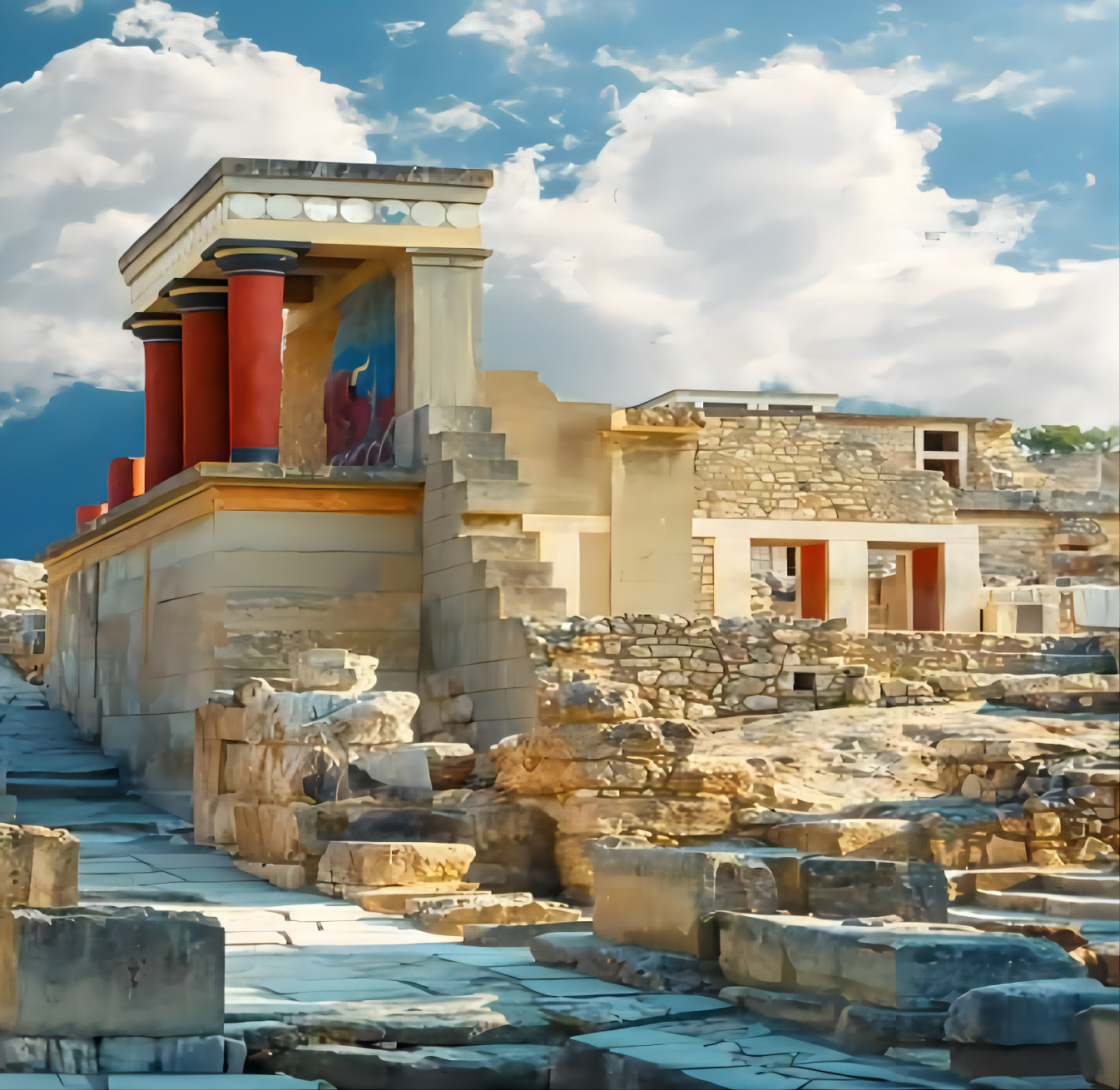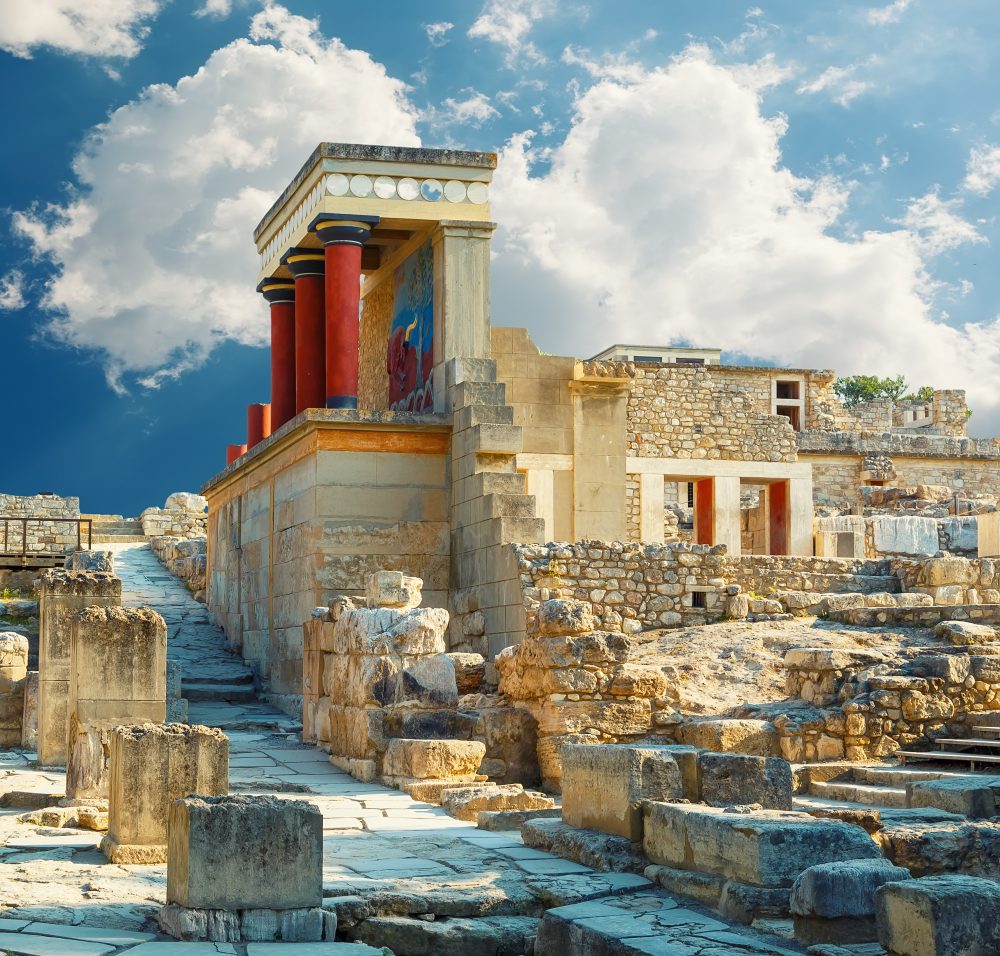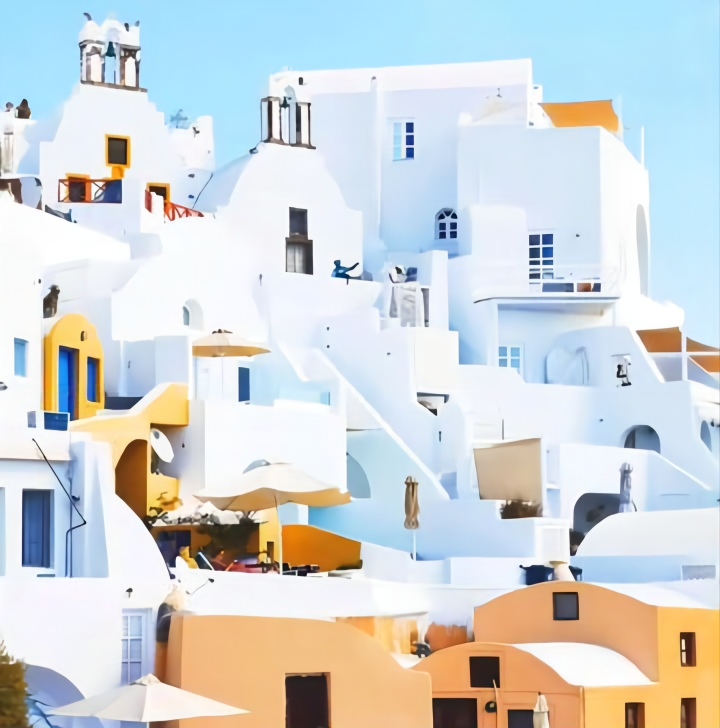Articolo: 4 Best Places For Island Hopping

4 Best Places For Island Hopping
How would you feel about watching the sunset from a different beach every evening?
Discovering the roots of some of the world’s greatest civilisations? Partying all night or exploring all day? All this while immersing yourself in an array of languages, cuisines and cultures. Well, it’s easier than you’d think. Using NOMAD from Kiwi.com, you can hop between these islands — or indeed, between any destinations you choose — for far less than you’d think.
Sicily
In contrast to the rich, haughty north, the Umbrian hillsides, the glory of Rome or the fervoured passion of the south, Sicily is one unto itself. Not yet overrun by tourists, it’s at once rugged and soft, laid-back and manic, part of Italy and yet not.
The three largest cities — Palermo, Catania and Messina — present three very different faces of the island. Palermo, the capital, is an opulent place of gastronomy, marketplaces, and architecture that shows its history as the meeting place of Mediterranean cultures; unusual Arab-Norman structures dominate the ancient skyline.
 Catania, on the other hand, is not as immediately pretty, more of a slow-burner, but very much worth your time. In the shadow of the ominously looming Mount Etna, its streets are paved with volcanic rock, and at pavement cafes locals stop for a spot of granita, a coffee and a chat. It has a slightly more alternative feel to Palermo, and you can read about it a lot more in-depth here.
Catania, on the other hand, is not as immediately pretty, more of a slow-burner, but very much worth your time. In the shadow of the ominously looming Mount Etna, its streets are paved with volcanic rock, and at pavement cafes locals stop for a spot of granita, a coffee and a chat. It has a slightly more alternative feel to Palermo, and you can read about it a lot more in-depth here.
And Messina? Well, since its founding by the Greeks in the 8th century BCE, its history has been one of destruction and rebirth. Reaching its peak in the 17th century as one of the grandest cities in Europe, it has been speculated that Messina was the place at which the plague entered Europe, killing 48,000 people. It was devastated in 1783 by an earthquake, again in 1894, and for a third time in 1908, this time also being hit by a tsunami for good measure. However, a mammoth rebuilding effort restored much of the city to its former glory, and there are many fabulous things to be seen.

Add to these the elegance of Syracuse, the cliffs and beaches of Licata, untouched Cefalu, and much more besides, and you might never want to leave. But what kind of island-hopping holiday would that be?
Corsica
Despite being one of the 18 regions of France, Corsica has a long history with Italy, having been ruled over by the Republic of Genoa, and spending time as an Italian-speaking independent republic. To this day, Italian is recognised as an official regional language on the island, and many other cultural elements remain.

That’s not to say that la dolce vita isn’t also la belle vie, as the heady mixture of both Italian and French elements makes Corsicans a proud law unto themselves in many ways. They do, however, retain a very Franco-Italian love of good wine, good food and good friendship, so what’s not to like about that?
In a lot of places you can see Corsica described as a mini continent, and with good reason. Jutting sharply out of the Mediterranean as it does, you can lie on some of Europe’s most gorgeous beaches, the sparkling blue water lapping at your feet, and within half an hour be up in the sawtooth mountains, surrounded by ancient forests and discovering tiny, beautiful villages that seem to have been frozen in time.
Crete
Home to countless myths and legends from one of the world’s greatest civilisations, Crete, and its capital Heraklion, is one of Europe’s fastest growing tourist destinations. This doesn’t mean to say that it’s overflowing, mind you; just that people are starting to realise that there’s a lot to do and see.

One of the most famous sites in the surrounding area is the ruins of the Palace of Knossos, home of the labyrinth that housed the legendary Minotaur. It’s the largest architectural site on the island (and it’s up against quite a bit of competition), and has been called Europe’s oldest city.
Indeed, at its peak in around 1700 BCE, the palace and surrounding city boasted a population of almost 100,000, incredible by the standards of the time. Palatial structures, columns, pottery, restored frescoes (one featuring a charging bull, naturally) and more are all visible, giving visitors a real sense of how it would have looked nearly 4,000 years ago.
Culturally, that’s just one of many reasons to love Crete. Minoan, Byzantine, Venetian and Ottoman buildings dot the land, giving an instant sense of the societies that have grown, expanded, had their moment, then faded. The lives of millions of people, of ideas, political systems, languages and cultures are all in stark evidence.
Indeed, Crete feels almost like an entire country in one island. Palm groves and beaches give way to a spine of snow-capped mountains topping out with Mt. Idha at 2,456 m, so there’s something for every type of traveller. This is also true when it comes to places to stay. For every 5-star luxury resort, there’s a room in a villager’s cottage for which you’re expected to help out. Eclectic really is the word for it.
Malta
Malta’s long and complicated history has left a raft of intriguing legacies behind it, from a language descended from a now-extinct branch of Arabic, to the enigmatic Knights of St. John and the Temple Builders, and on to some of the most scenic natural sights in all of Europe.

The capital, Valletta, tumbles down to the seafront, with both expensive yachts and traditional fishing boats nestled calmly in its waters. Glorious, fortified Mdina, is home to St. Paul’s Cathedral — a dominant thump of a building that is beautifully traced by the dusk of an evening — as well as endless lanes and squares that are a string of charming surprises to anyone taking a wander through them. You’ll have to book in advance to see the Hal Saflieni Hypogeum in Paola, a World Heritage Site that’s an underground burial place and temple, incredibly dating back to 3600 BCE.

There’s more stunning subterrain to see outside of the city. Ninu’s Cave on Gozo — a small island just to the north-east of mainland Malta — as well as the nearby Xerri’s Grotto, are unusual in that you have to access both through family homes! A family member will give you a guided tour of each. Also on Gozo, Calypso’s Cave is steeped in myth, it supposedly being the place where the sea nymph Calypso imprisoned Odysseus in Homer’s Odyssey.
All this sits in harmony with the contemporary face of Malta, a mix of 21st-century worldliness and sophistication that picks and chooses when it appears amongst the reminders of history. Valletta was European Capital of Culture as recently as 2018, reinvigorating it as a centre for art and design, while the locals are welcoming and friendly. After all, they know how lucky they are to be living somewhere as magical as this.
—Blog Credit to David Szmidt



Commenta
Questo sito è protetto da hCaptcha e applica le Norme sulla privacy e i Termini di servizio di hCaptcha.